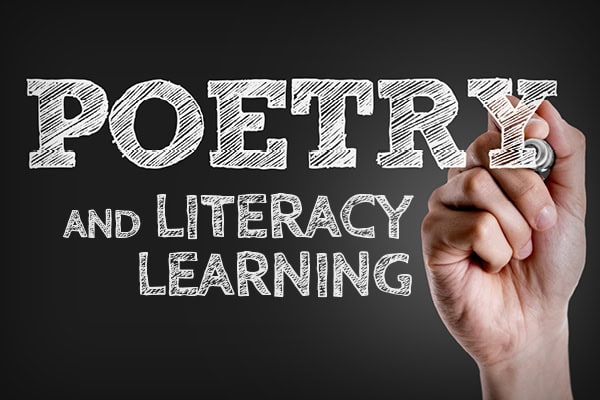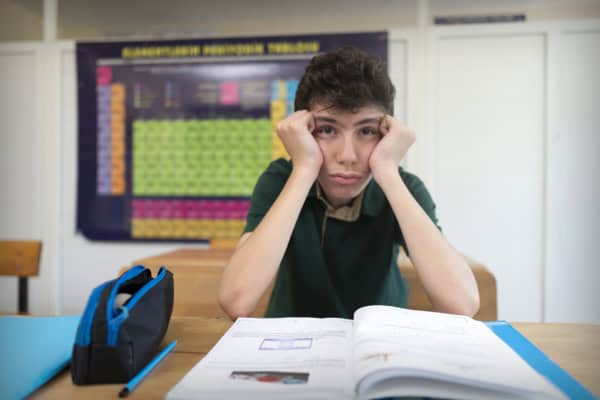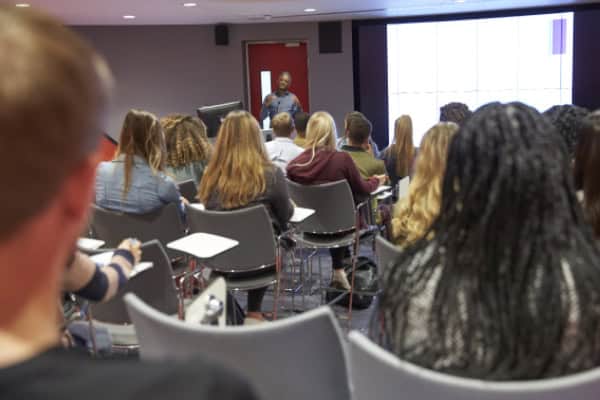How to Reinvent K-12 Education

“At districts, efforts to transform education should center on launching skunkworks programs,” according to Thomas Arnett, a senior research fellow at the Clayton Christensen Institute, writing in Education Next. “These will not be shiny new magnet schools. Rather, they will be virtual schools, alternative schools, hybrid homeschooling programs, or CTE programs. Their aim will be…
Avoid Clumsy Technology: How to Reclaim Critical Learning Time

Since classroom time is critical to learning, teachers and students simply cannot afford to lose precious time due to clumsy technology, writes Madeleine Mortimore, global education innovation and research lead for Logitech, where she leads research on ed-tech hardware, in District Administration. “It’s no secret that teachers and students are losing valuable learning time each…
How to Build on Curiosity to Develop Young Students’ Interest in Math

Zachary Champagne’s 3rd and 4th graders figure out early on that this math class will be different when their teacher tells them: “I don’t care about the answer,” according to an article in Education Week. The goal is to shift his elementary students’ thinking from some numerical endgame toward the problem-solving process itself. In his…
How to Use Poetry to Engage Students in Literacy Learning

Weaving poetry, including spoken word performances, into literacy curricula can improve student engagement and bring positive results in reading fluency, according to an article in K-12 Dive. Poetry can fulfill all the primary requirements under the “science of reading” approach, including phonemic awareness, fluency and comprehension, says Timothy Rasinski, professor emeritus of literacy education at Kent…
How to Activate Student Critical Thinking

Growing evidence points to the role of critical thinking in educational achievement. Students need to activate critical thinking — higher-order thinking skills and metacognition — to effectively master and retain new content knowledge, synthesize it with prior knowledge, and apply it to new scenarios and domains, according to eSchool News. But most students are not…
Young Kids Struggle with Motor Skills & Basic Life Skills Like Listening & Sharing

Young students are struggling with fine motor skills, like using scissors and pencils, and social-emotional capabilities, such as following instructions and sharing, teachers report, according to Education Week. Strong majorities of preK-3 teachers said these tasks and skills were more, or much more, challenging for children this school year than they were for kids of…
“It’s Cool to be in School”: Educators Emphasize Importance of Attendance

The sharp increase in chronic absenteeism over the past few years has led schools and their partners to use an abundance of strategies — including messaging, individual interventions and data analysis — to get students back into the classroom and engaged in learning, according to a report in K-12 Dive. Federal, state and local education…
How to Manage Divisive Curriculum and Culture War Debates

From conflicts over pandemic-era masking policies to heated discussions about curriculum and library books, many of these disagreements have played out in especially public fashion, according to Education Week. Superintendents have been faced with questions about how and how much they should communicate in these strained times—and when it might make most sense to simply…
How to Motivate Middle School Students

Sixth- through eighth-grade presents a challenge for science and math teachers as student motivation tends to decline during adolescence, according to Education Slice. Middle school students struggle with competence perceptions and the need for independence. To motivate them, educators should connect STEM subjects to real-world problems and give students the chance to solve them. Project-based…
Will Team Teaching – 5 Teachers Instructing 80-100 Students – Gain Traction?

Will changing the traditional teaching model from one teacher instructing 25-30 students to five-six teachers instructing 80-100 students in a classroom meet the nationwide teacher shortage? WXYZ (Channel 7, Detroit) received responses from more than 1,200 Facebook followers. Ndidi Onike-Onuzulike, an 8th grade model teacher at Detroit Academy of the Arts and Sciences, a charter…
